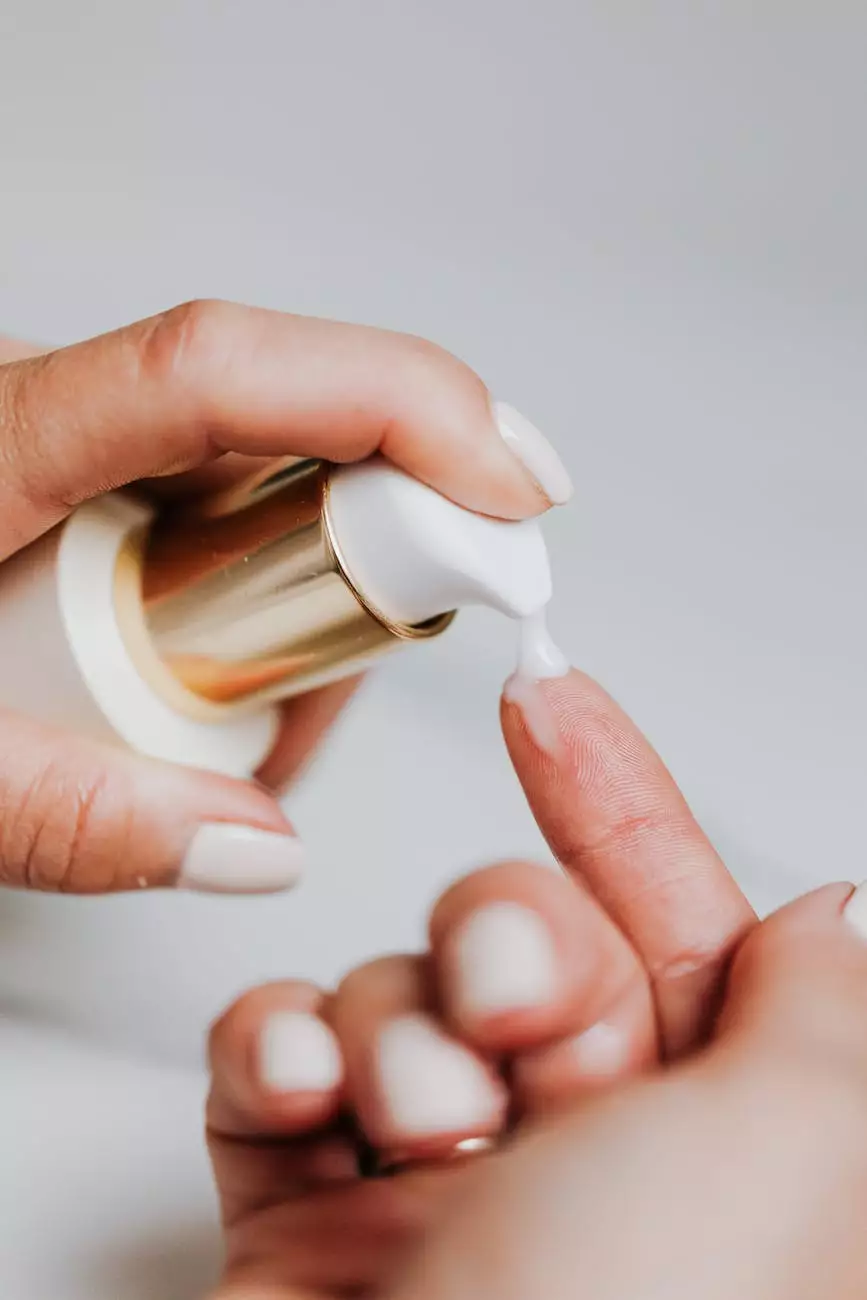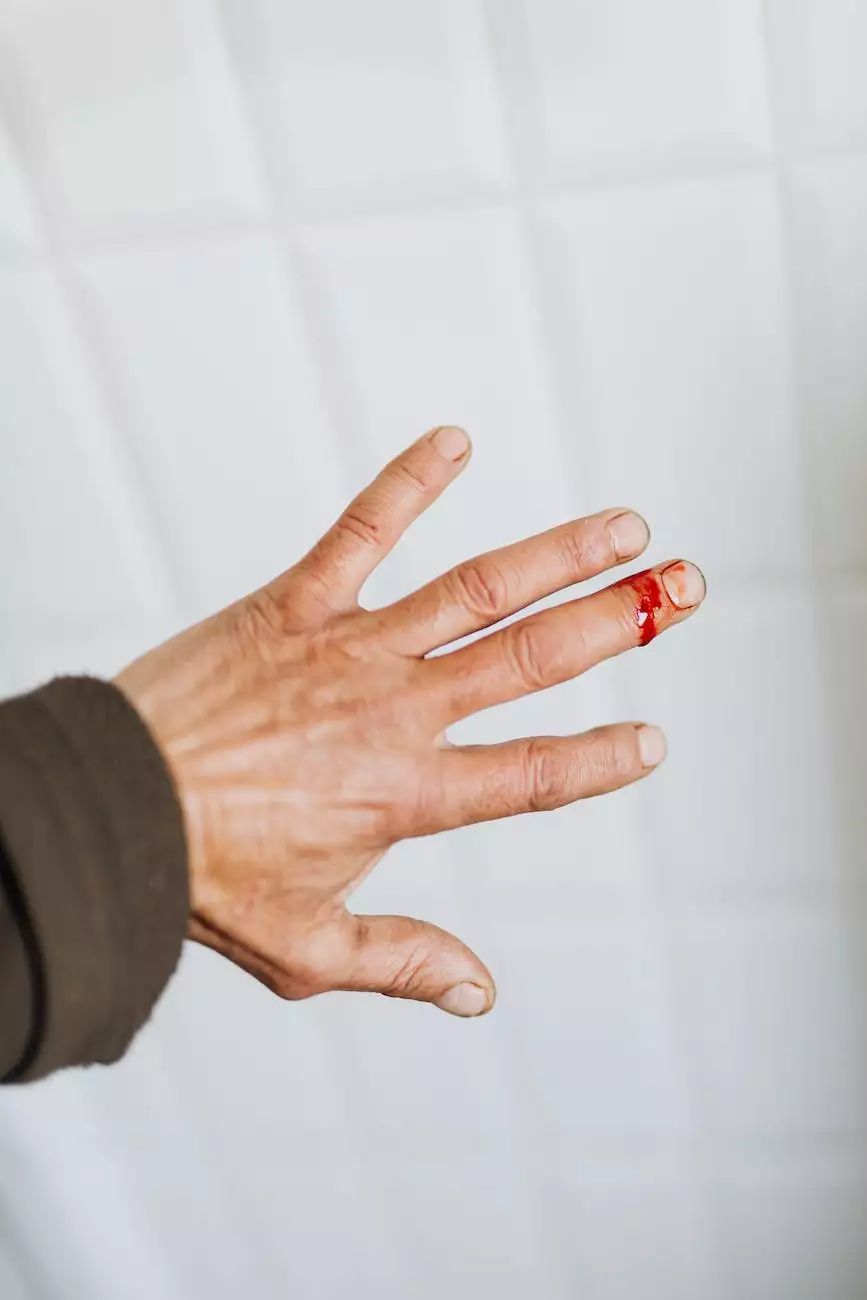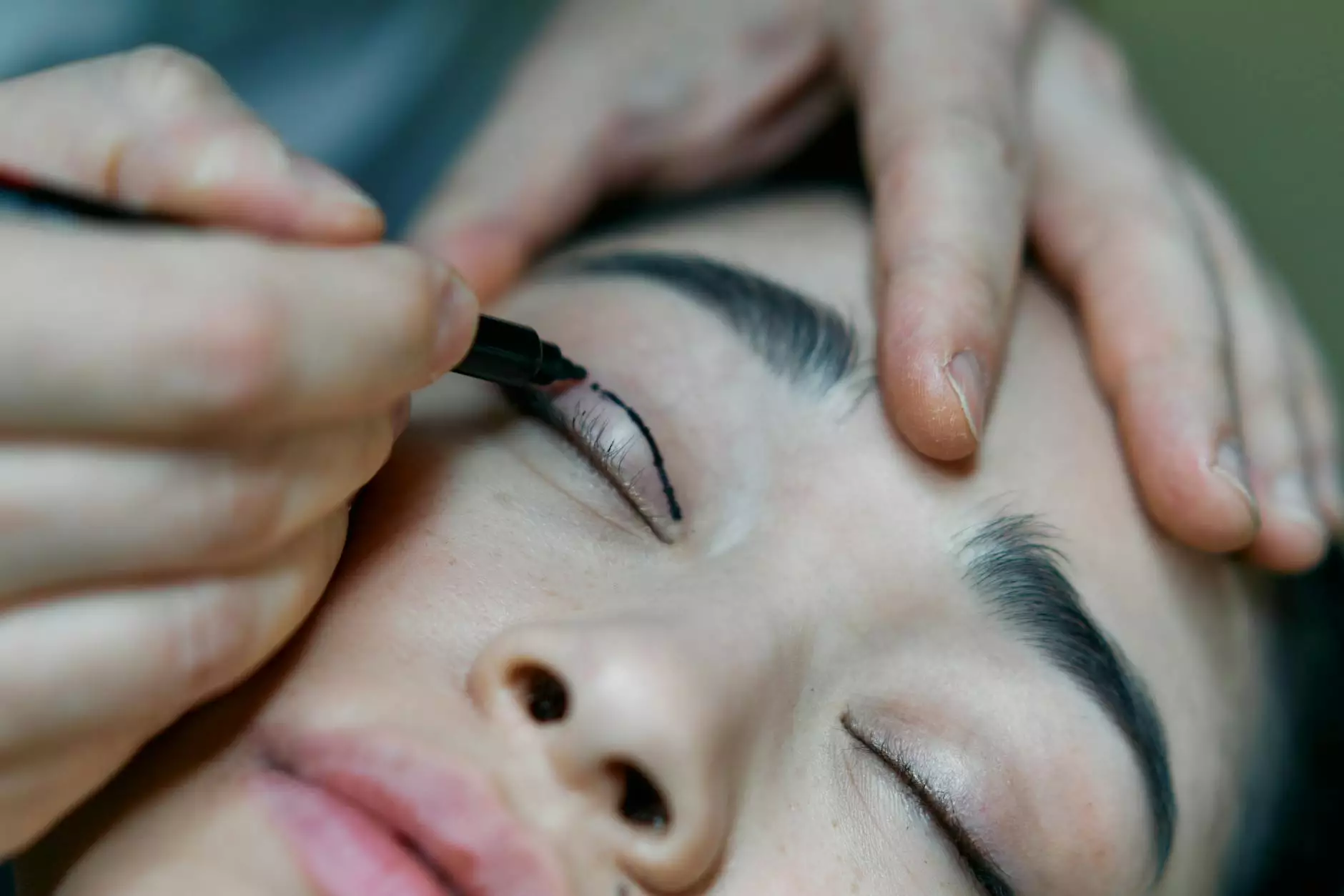Understanding Seborrheic Dermatitis
Health Library
What is Seborrheic Dermatitis?
Seborrheic dermatitis is a common skin condition that mainly affects the scalp, causing redness, flaking, and itching. It can also occur in other areas of the body, such as the face, ears, chest, and groin. This chronic condition is not contagious, but it can be bothersome and persistent.
Causes of Seborrheic Dermatitis
The exact cause of seborrheic dermatitis is still unknown, but several factors may contribute to its development. These factors include:
- Yeast overgrowth: A type of yeast called Malassezia is found on the skin of people with seborrheic dermatitis. An overgrowth of this yeast can trigger the condition.
- Hormonal changes: Hormonal fluctuations, especially during puberty, can lead to seborrheic dermatitis. It can also occur in individuals with certain medical conditions that affect hormone levels.
- Genetic predisposition: Some individuals may have a genetic predisposition to developing seborrheic dermatitis, making them more susceptible to the condition.
- Environmental factors: Certain environmental factors, such as cold weather, dry air, stress, and fatigue, can exacerbate seborrheic dermatitis symptoms.
Symptoms of Seborrheic Dermatitis
The symptoms of seborrheic dermatitis can vary from mild to severe. Common symptoms include:
- Red, irritated skin
- Yellow or white scales or flakes
- Oily or greasy appearance
- Itching and discomfort
- Swollen and inflamed skin
Treatment Options
Although there is no cure for seborrheic dermatitis, various treatment options can help manage the symptoms and alleviate discomfort. These treatment options can include:
- Medicated shampoos: Specialized shampoos containing active ingredients like coal tar, selenium sulfide, or ketoconazole can effectively reduce flaking and itching on the scalp.
- Topical corticosteroids: Mild corticosteroid creams or ointments can be applied to affected areas to reduce inflammation and itching.
- Antifungal creams or lotions: If the condition is caused by a fungal overgrowth, antifungal treatments may be prescribed to address the underlying cause of seborrheic dermatitis.
- Calcineurin inhibitors: Prescription-strength creams containing calcineurin inhibitors can help control inflammation and reduce symptoms on the face and other affected areas.
- Moisturizers and emollients: Regularly applying moisturizers and emollients can help soothe dry, flaky skin and prevent further irritation.
Prevention and Self-Care Measures
While seborrheic dermatitis cannot be completely prevented, following these self-care measures can help manage the condition:
- Maintain good hygiene practices and keep the affected areas clean.
- Avoid using harsh soaps or detergents that can strip the skin of its natural oils.
- Avoid scratching or picking at the affected areas to prevent worsening of symptoms and potential bacterial infections.
- Wash your hair regularly with medicated shampoos recommended by your dermatologist.
- Manage stress levels through relaxation techniques, regular exercise, and healthy lifestyle choices.
- Protect your skin from extreme weather conditions by wearing appropriate clothing and using moisturizers.
When to Seek Medical Advice
If you experience persistent or severe symptoms of seborrheic dermatitis that do not improve with over-the-counter treatments, it is recommended to consult a dermatologist or a healthcare professional. They can evaluate your condition, provide an accurate diagnosis, and recommend appropriate treatment options.
Conclusion
Understanding seborrheic dermatitis is crucial for managing and treating the condition effectively. By identifying the causes, recognizing the symptoms, seeking proper medical care, and implementing preventive measures, individuals can alleviate discomfort and improve the overall health of their skin. Remember, early intervention and personalized treatment plans are key to managing seborrheic dermatitis successfully.
Furstenberg Michael Dr - Health - Dentist and Dental Services



